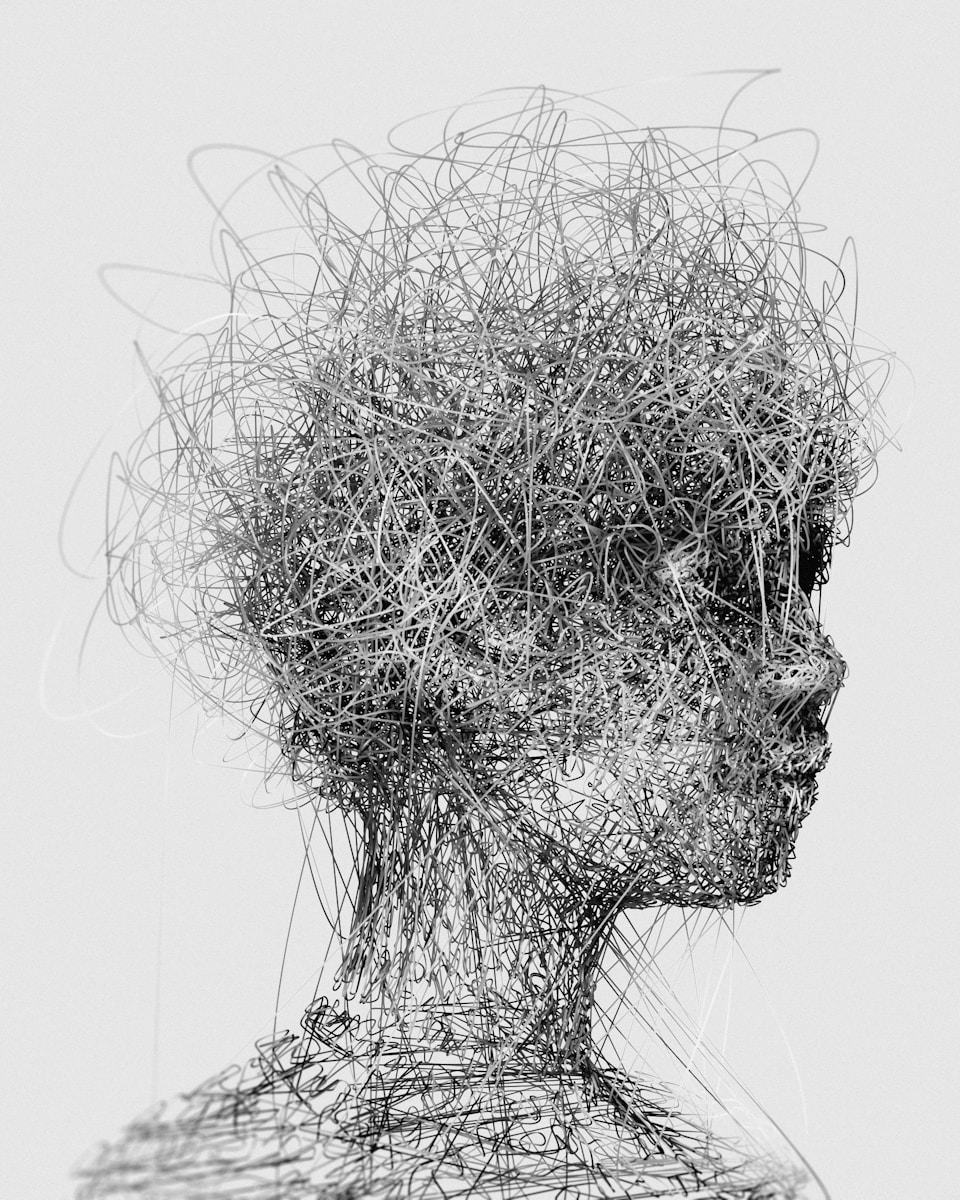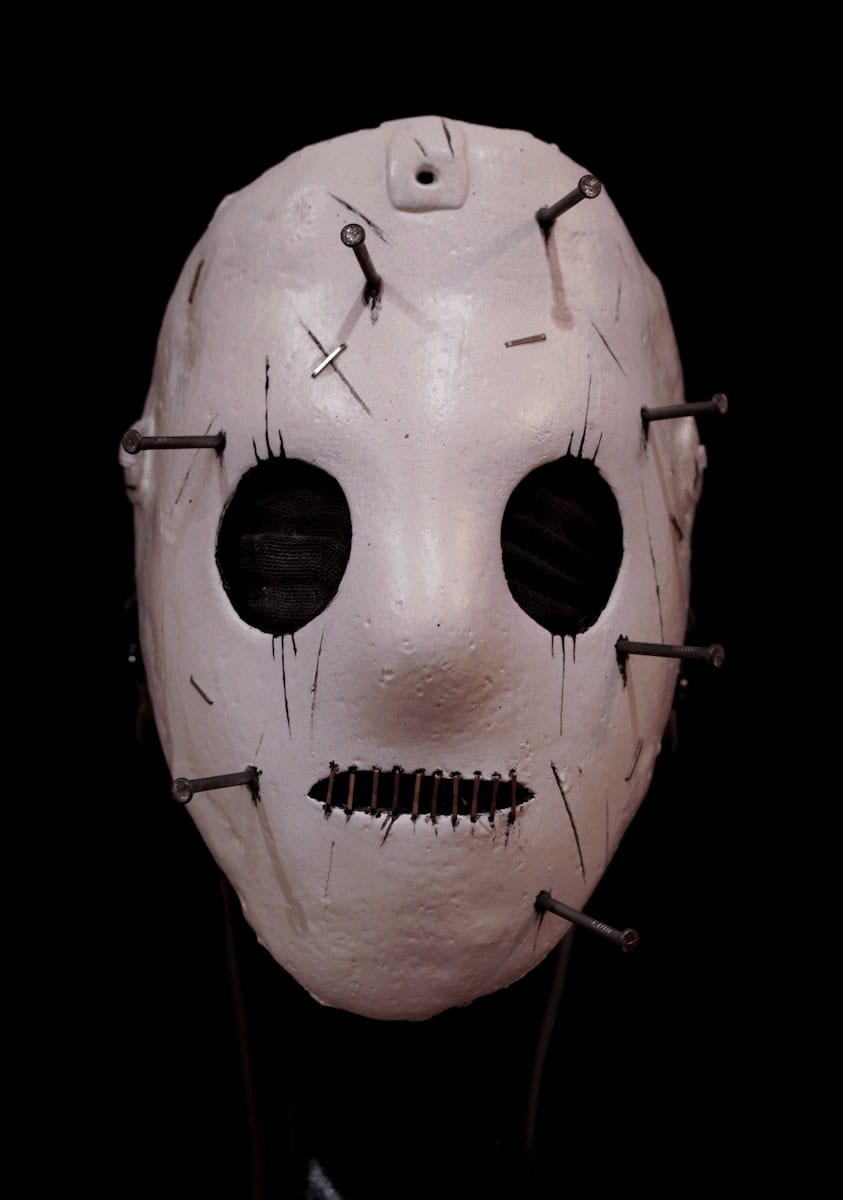12 Self-Care Kits That Actually Work
 I decided to delve deeper into the claim that self-care kits can make a difference in people’s lives.
I decided to delve deeper into the claim that self-care kits can make a difference in people’s lives.
What I found was shocking. Most self-care kits are basically expensive ways to avoid dealing with what’s really going on. Pretty packaging around the same old “treat yourself” mentality that keeps us stuck in cycles we’re trying to break. All superficial and no real substance.
This is for anyone who’s bought into the idea that self-care means spending money on products. Anyone who’s tried the whole “Sunday reset” thing only to feel the same on Monday morning. Anyone who wants genuine relief, not just temporary distraction.
You’re not broken if a regular self-care advice hasn’t worked for you. The problem isn’t you – it’s just that most self-care kits are designed to make you feel better temporarily, not help you handle life better permanently. They just provide temporary relief to the surface issues, and do not help with what lies beneath.
Effective self-care is not about pampering yourself (nothing wrong with that at all, for some relief). It’s about building systems that support you when everything goes sideways.
Real self-care kits work like a toolkit. Each piece serves a purpose when you need it most. The best self-care kits become extensions of your coping skills.
Why Most Self-Care Kits Miss the Point (And What Actually Matters in Self-Care Kits)
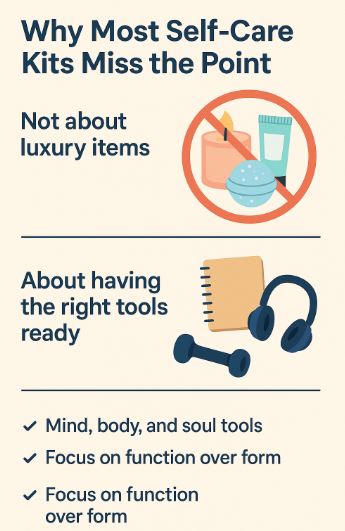 Something didn’t add up about the popular approach to self-care kits.
Something didn’t add up about the popular approach to self-care kits.
I saw all these beautiful boxes filled with candles, bath bombs, and face masks. They look amazing on social media. They make great gifts. But do they actually help when you’re having a breakdown at 2 AM on a Tuesday?
Effective self-care kits aren’t about luxury items. They’re about having the right tools ready at your disposal, when your coping skills fail you. The most powerful self-care kits focus on function over form.
It’s like this – you don’t keep a first aid kit because you plan to get hurt. You keep one because life happens, and when it does, you want to be prepared.
Most people have self-care kits backwards. They fill them with things that feel good when they’re already feeling good. But that’s like only having sunscreen for sunny days.
The self-care kits that actually change lives focus on three things:
- mind tools for when thoughts spiral
- body tools for when stress lives in your muscles
- soul tools for when you feel disconnected from what matters.
I’ve been studying this pattern for years, and here’s the thing that gets me – the most effective self-care items usually cost under $20. Actually, sometimes they’re free. The expensive stuff often distracts us from what we actually need. We’ve been trained by the marketing machine that unless it’s pretty looking and expensive, it’s no good, all form and no substance.
Research shows that people who practice consistent self-care report 23% less anxiety and 31% better sleep quality. But the studies don’t specify bubble baths. They talk about real practices that help people return to balance when life knocks them off course.
The kits that work aren’t about indulgence. They’re about having practical tools within arm’s reach when you need them most. Well-designed self-care kits eliminate decision fatigue during difficult moments.
12 Self-Care Kits That Actually Support You When Life Gets Heavy
Listen, I need you to know something important before we dive into these kits.
These aren’t Instagram-worthy boxes filled with pretty things. These are working toolkits designed to help you when your usual coping methods aren’t enough. Think of these self-care kits as emergency support systems.
Some of these might seem too simple. That’s not a bug – it’s a feature. When you’re overwhelmed, simple tools work better than complicated ones.
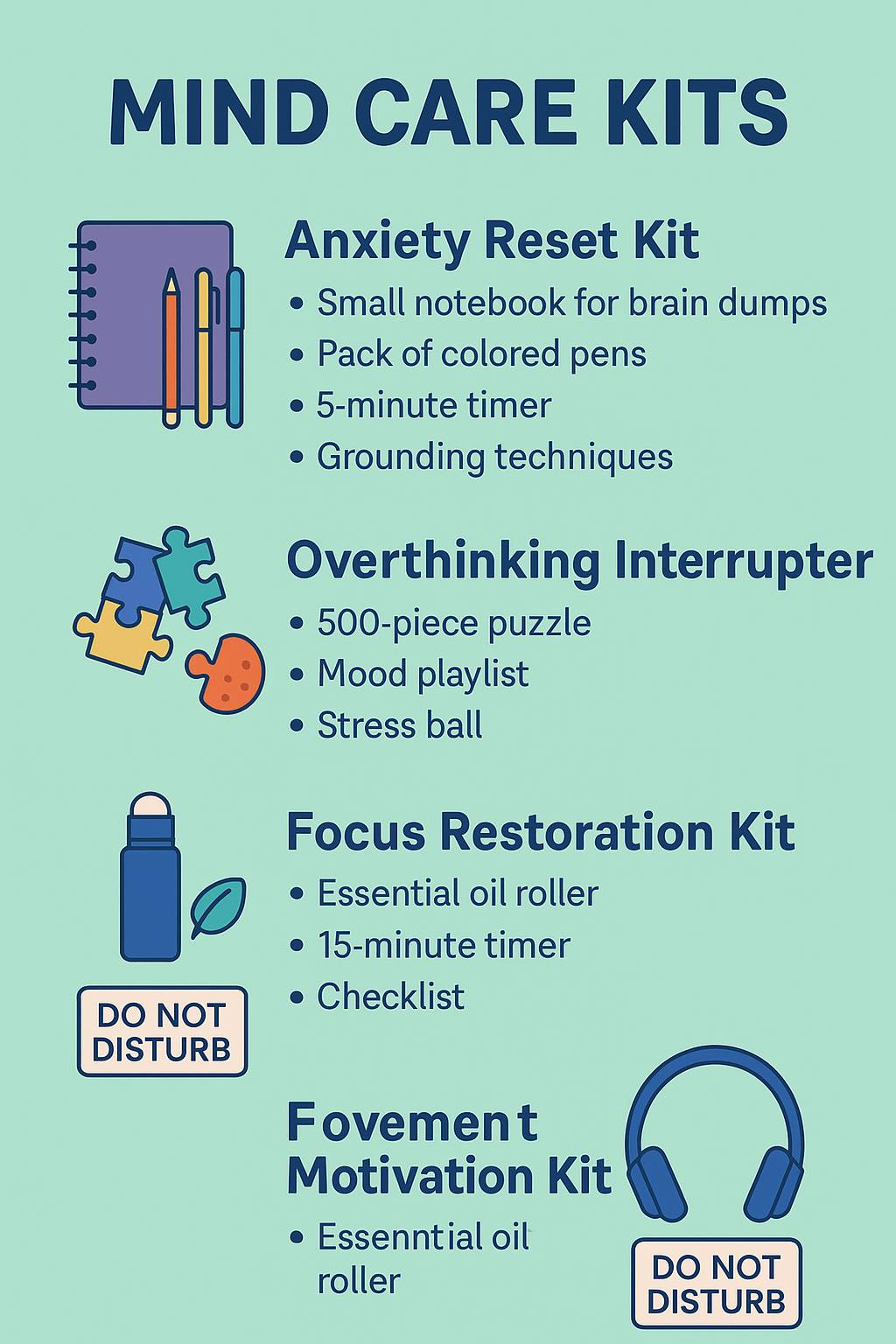 Mind Care Kits:
Mind Care Kits:
1. The Anxiety Reset Kit
- Small notebook for brain dumps
- Pack of colored pens (colors help break thought loops)
- Timer for 5-minute breathing sessions
- List of 3 people you can text when thoughts spiral
- Single page with grounding techniques written in your handwriting
2. The Overthinking Interrupter Kit
- Puzzle (500 pieces max – just enough to redirect focus)
- Playlist of 10 songs that match your current mood, not fight it
- Stress ball or fidget toy for busy hands
- Pre-written permission slips: “It’s okay to not figure this out today”
3. The Focus Restoration Kit
- Essential oil roller (peppermint works great)
- 15-minute timer for focused work sprints
- Single-task checklist pad
- Noise-canceling headphones or earplugs
- “Do Not Disturb” sign for your space
Body Care Kits:
 4. The Tension Release Kit
4. The Tension Release Kit
- Tennis ball for trigger point massage
- Epsom salts for muscle relief baths
- Heating pad or microwaveable rice sock
- Stretching routine printed on card stock
- Comfortable clothes that don’t restrict movement
5. The Energy Restoration Kit
- Electrolyte packets for when you forget to drink water
- Protein bars that actually taste good
- Sleep mask and earplugs
- Magnesium supplement (check with your doctor first)
- 20-minute nap timer setting on your phone
6. The Movement Motivation Kit
- Resistance bands that fit in a drawer
- Workout videos downloaded to your phone (no wifi required)
- Good sneakers you keep by the door
- Water bottle with measurements to track intake
- 5-minute morning stretch routine card
Soul Care Kits:
 7. The Connection Kit
7. The Connection Kit
- Gratitude jar with pre-cut paper strips
- Photos of people who matter to you
- Handwritten letters from friends (ask them to write these when you’re feeling good)
- Contact list of local support groups or communities
- Pre-written texts to send to friends: “Thinking of you today”
8. The Creativity Kit
- Sketchpad and pencils (drawing skill not required)
- Adult coloring books with fine-tip markers
- Craft supplies for simple projects
- Voice memo app for capturing ideas
- Permission to create badly without pressure to improve
9. The Nature Connection Kit
- Seeds for easy-to-grow plants (mint, basil, succulents)
- Bird identification app for local species
- Blanket for outdoor sitting
- Journal for nature observations
- List of nearby parks or natural spaces
 Emergency Support Kits:
Emergency Support Kits:
10. The 3 AM Crisis Kit
- Crisis hotline numbers programmed in your phone
- Comfort items that engage your senses (soft fabric, calming scent)
- Pre-written reminders that this feeling is temporary
- Simple breathing exercise card
- Emergency contact list including mental health professionals
11. The Social Battery Depleted Kit
- “Introvert recharging” door sign
- Comfort food that requires minimal preparation
- Entertainment that doesn’t require decision-making (downloaded movies, audiobooks)
- Soft lighting options (lamps, not overhead lights)
- Pre-written responses for declining social invitations
12. The Overwhelm Emergency Kit
- One-page priority sorting system
- Timer for 10-minute cleanup sessions
- List of tasks you can delegate or eliminate
- Calming tea or drink mix
- “Good enough” permission statements written in your handwriting
The magic isn’t in having expensive items. It’s in having exactly what you need within reach when your coping skills are maxed out.
How to Build Your Personal Self-Care Kits Without Breaking the Bank (Or Your Sanity)
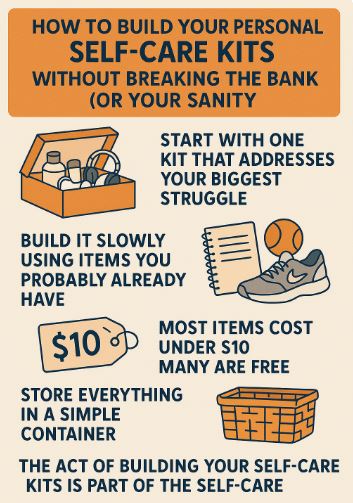 This embarrasses me to share, but I used to think effective self-care meant expensive spa products and elaborate routines.
This embarrasses me to share, but I used to think effective self-care meant expensive spa products and elaborate routines.
I’d spend $200 on a “wellness box” subscription, use it once, then feel guilty about wasting money. The products would sit in my bathroom, mocking me every time I walked by.
Please don’t make my mistake of thinking more expensive equals more helpful.
Here’s what actually works: Start with one kit that addresses your biggest struggle. Overwhelmed? Try the Overwhelm Emergency Kit. Can’t sleep? Start with the Energy Restoration Kit.
Build it slowly using items you probably already have. That notebook sitting in your junk drawer? Perfect for brain dumps. Those tennis balls from last summer? Excellent for muscle tension.
The goal isn’t to have all 12 kits ready at once. That’s overwhelming, which defeats the purpose. Pick one, use it for two weeks, then decide if you want to add another.
Most items cost under $10. Many are free. The most expensive thing might be good sneakers or a heating pad, and those serve multiple purposes.
Here’s something nobody tells you: the act of building your self-care kits is part of the self-care. You’re actively preparing to support yourself. That matters. You are actually telling your mind, “I matter and I’m doing something about it’
Store everything in a simple container. A shoebox works fine. A basket works fine. You don’t need fancy storage solutions that cost more than the contents.
And here’s the thing that really surprised me – the actual physical act of reaching for your self-care kits signals to your brain that you’re taking care of yourself. It interrupts the spiral and reminds you that you have tools.
Keep your kit visible but not cluttered. You want to remember it exists when you need it most.
Update your kit seasonally. What you need in January might be different from what you need in July. That’s normal and expected.
What Changes When You Actually Have Tools Ready (Not Just Good Intentions)
 You’re not going to believe what happened when I finally stopped trying to muscle through difficult days and started using actual tools.
You’re not going to believe what happened when I finally stopped trying to muscle through difficult days and started using actual tools.
After about a month of having my self-care kits ready, something shifted within. Instead of feeling helpless when anxiety hit, I had a plan. Instead of scrolling my phone when overwhelmed, I had better options waiting for me. I felt a weight drop.
This changes everything about how you handle stress.
Instead of white-knuckling through panic attacks, you start reaching for your breathing exercise card. Instead of staying up all night worrying, you use your sleep restoration tools. Instead of isolating when sad, you have connection options ready.
What I’ve learned is that people don’t lack willpower – they lack accessible tools when their willpower is depleted. And yes, willpower is a finite resource
Self-care kits work because they remove decision-making from the equation. When you’re overwhelmed, choosing what might help feels impossible. But reaching for pre-made self-care kits? That takes almost no mental energy.
I’ve seen this play out countless times where people go from “I’m terrible at self-care” to having reliable ways to support themselves. The shift isn’t in becoming a different person – it’s in having better systems, there ready for you.
The research shows something that’s difficult to explain, but makes sense once you experience it: having tools ready reduces anxiety about having anxiety, make sense?. You stop fearing difficult emotions because you know you can handle them.
People start asking what changed about how I handle stress. The answer is simple: I stopped expecting myself to figure out solutions in the middle of crisis, and I started preparing tools when I was thinking clearly.
This is scary to think about, but most of us expect ourselves to be brilliant problem-solvers when we’re at our worst. Self-care kits let you be smart when you’re feeling good, so you can be supported when you’re not.
Conclusion
Here’s what I wish someone had told me when I first started: effective self-care isn’t about treating yourself. It’s about treating yourself well.
These 12 kits aren’t magic solutions that will eliminate life’s challenges. They’re practical tools for staying connected to yourself when everything feels chaotic and you feel like you’re drowning.
Try this one thing today: pick the kit that addresses your biggest current struggle. Gather just three items for it. Put them somewhere you’ll see them.
You don’t need to wait until you have the perfect setup. You don’t need to buy anything new. You just need to practice the simple act of preparing to support yourself.
I’m rooting for you in this. The world needs more people who take care of themselves not as luxury, but as the foundation for everything else they want to do.
You deserve to have tools ready when life gets difficult. You deserve support that’s accessible right when you need it most.
What will you put in your first self-care kit today?
FAQs
How much should I spend on a self-care kit? Start with items you already have and add one or two new pieces under $20. Effective self-care kits focus on accessibility, not expense. Most helpful items cost very little.
Which kit should I build first? Choose based on your biggest current challenge. If anxiety is your main struggle, start with the Anxiety Reset Kit. If you’re always exhausted, try the Energy Restoration Kit first.
How often should I update my self-care kit? Review your kit every 3 months. Remove items that don’t help and add things you’ve discovered work for you. Your needs change with seasons and life circumstances.




